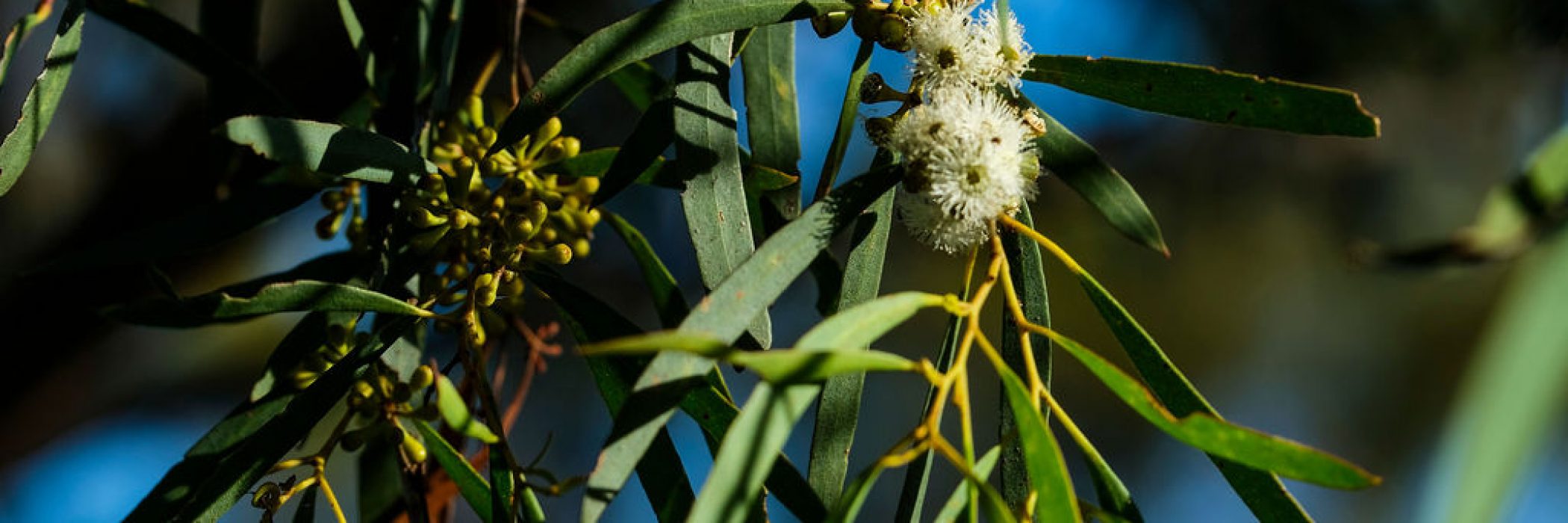Bird Conservation Scholars 2020: Amy Wing
2020’s recipient, Amy Wing, is an Honours student at the University of Tasmania. She is investigating how manna produced by white gums – an important food for forty-spotted pardalotes – varies across populations.
Project summary
The manna produced by white gums (Eucalyptus viminalis) is a crucial food resource for many animals, including the endangered forty-spotted pardalote (Pardalotus quadragintus) found in southern Tasmania. Manna is a sugary secretion produced from wounds on the leaves, stems or branches caused by insect bites but also by the hooked beak of the forty-spotted pardalote.
Under the supervision of Dr. Geoff While, Assoc. Prof. Julianne O’Reilly-Wapstra, and Dr. Peter Harrison, Amy’s project investigated whether the quality and quantity of manna varies between populations of E. viminalis and across environments using multi-population common-garden field trials established on a wet and dry site. Results from this study were linked back to natural populations of E. viminalis on Bruny Island where the forty-spotted pardalote co-occurs to ascertain whether the quality and quantity of manna, in part, underpins their restricted distribution. The specific aims of this project were to better understand the chemical composition of manna and how genetics and the environment interact to shape manna quality and quantity. Results from this study will benefit the in situ and ex situ conservation of the forty-spotted pardalote as well as present a conceptual framework upon which to study other plant resources, such as nectar, that are critical for threatened and endangered animals.
Amy’s research ‘further reinforces the importance of sucrose and raffinose in manna, as well as the composition of manna. Manna quality as well as sucrose and raffinose sugars varies spatially across Bruny Island. Manna quality is influenced by the environmental variable annual heat moisture index (AHM), across Bruny Island. This research did not find any indication of genetic control over manna quality. These results indicate that manna may be vulnerable to climate change, which could have devastating effects on the endangered pardalote species. The results can be used to aid future management and conservation efforts, as well as supplementary feeding trials.’



